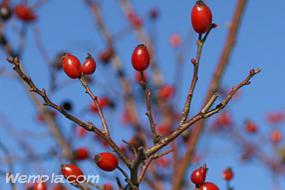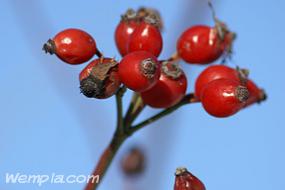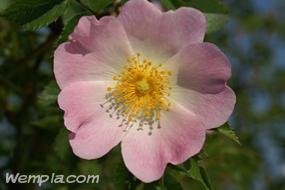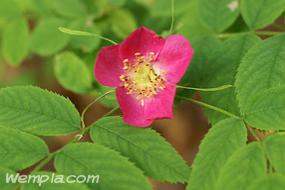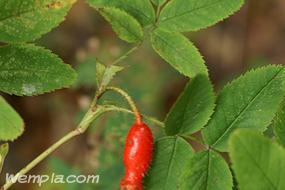Dog rose
Rosa canina
Rosaceae
Edible Uses
 Flower
Flower
They fit well to several sweet preparation such as pancaces and syrups.
 Fruit
Fruit
Delicious jams, syrups, soups can be prepared from it.
Medicinal Uses
 Flower
Flower
Mild laxative.
Diseases:
Constipatio
 Fruit
Fruit
 Fruit
Fruit
The seeds help against kidney stones.
Main Characteristics
It is a deciduous shrub normally ranging in height from 1–5 m. Its arcuately curved stems are covered with small, sharp, hooked prickles. The leaves are pinnate, with 5-7 leaflets. The individual leaflets are ovate with acute tip and serrated margin. The five-petaled flowers are usually white or pale pink, they are located individually on the end of the stems. The fruits are red hips, with many white-colored seeds and nettle-like hair inside.
Habitats
Along the road side
Forest edge
Lawn
Mesic deciduous forest
Shrub forest
Harvesting aid
 Flower
Flower
June, May
Do not gather the whole flower, just the petals, so that the fruit can develop later on.
 Fruit
Fruit
December, February, January, November, October
The fruits contain the most ascorbic acit when they are dark red, but hard. However, for jam preparations, it is better to wait until fruits get soft, namely until the first frost.
Confusion with other plants
There are several other species with the same characteristics and same uses. The difference is that dog rose do not have hair on its hips.
Description
Size: 1 m - 20 cm
Bloom time: June,
May,
Flower
Inflorescence type: Solitary
Flower Colour: White 


Flower shape: 5 petaled
Stem
Stem Type: covered with prickles
Leaf
Foliage type: Opposite 


Foliage texture: Smooth
Leaf shape: Ovate
Leaf margin: Serrate
Fruit
Fruit Category: Fruit
Fruit type: Hip

